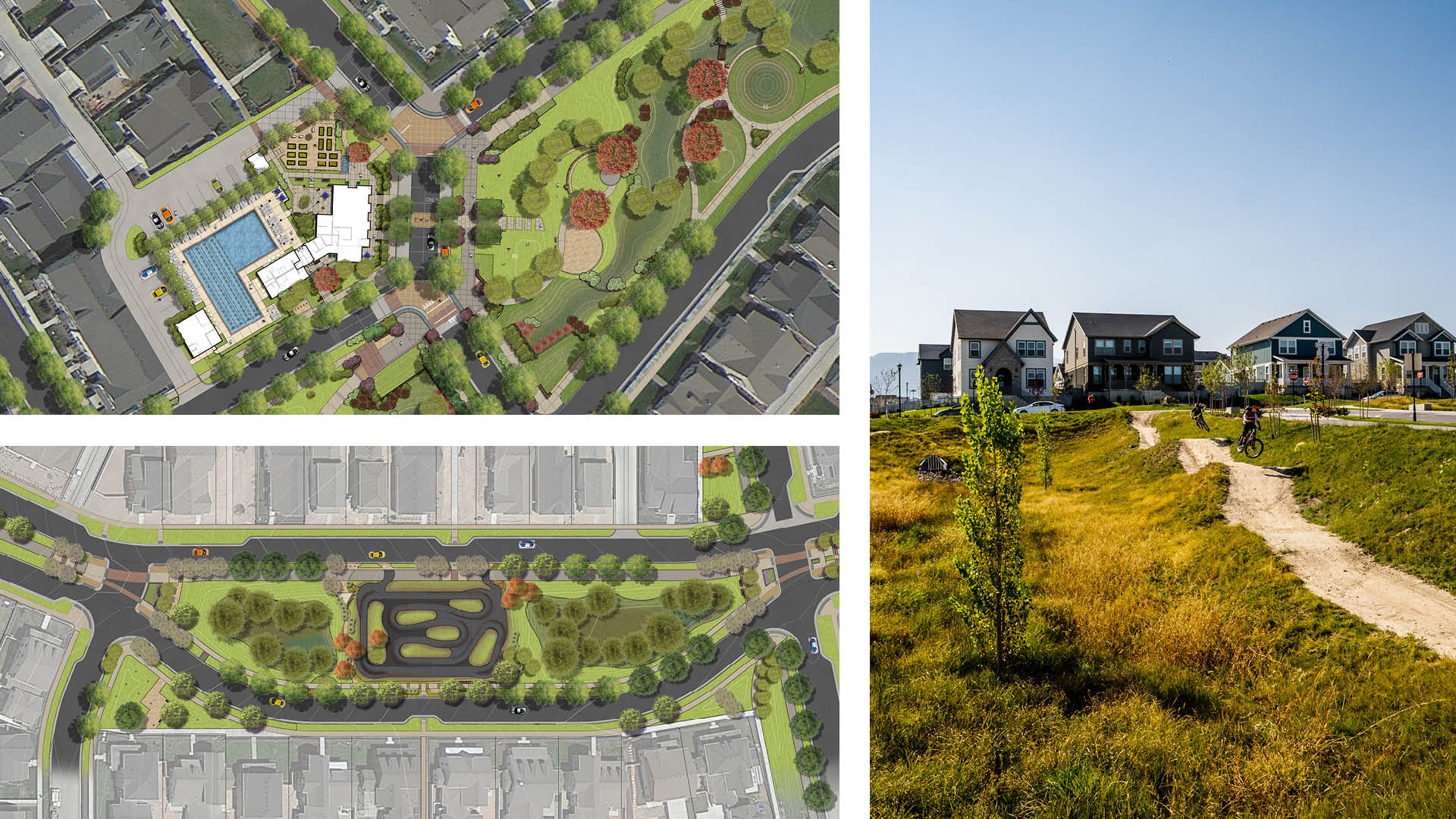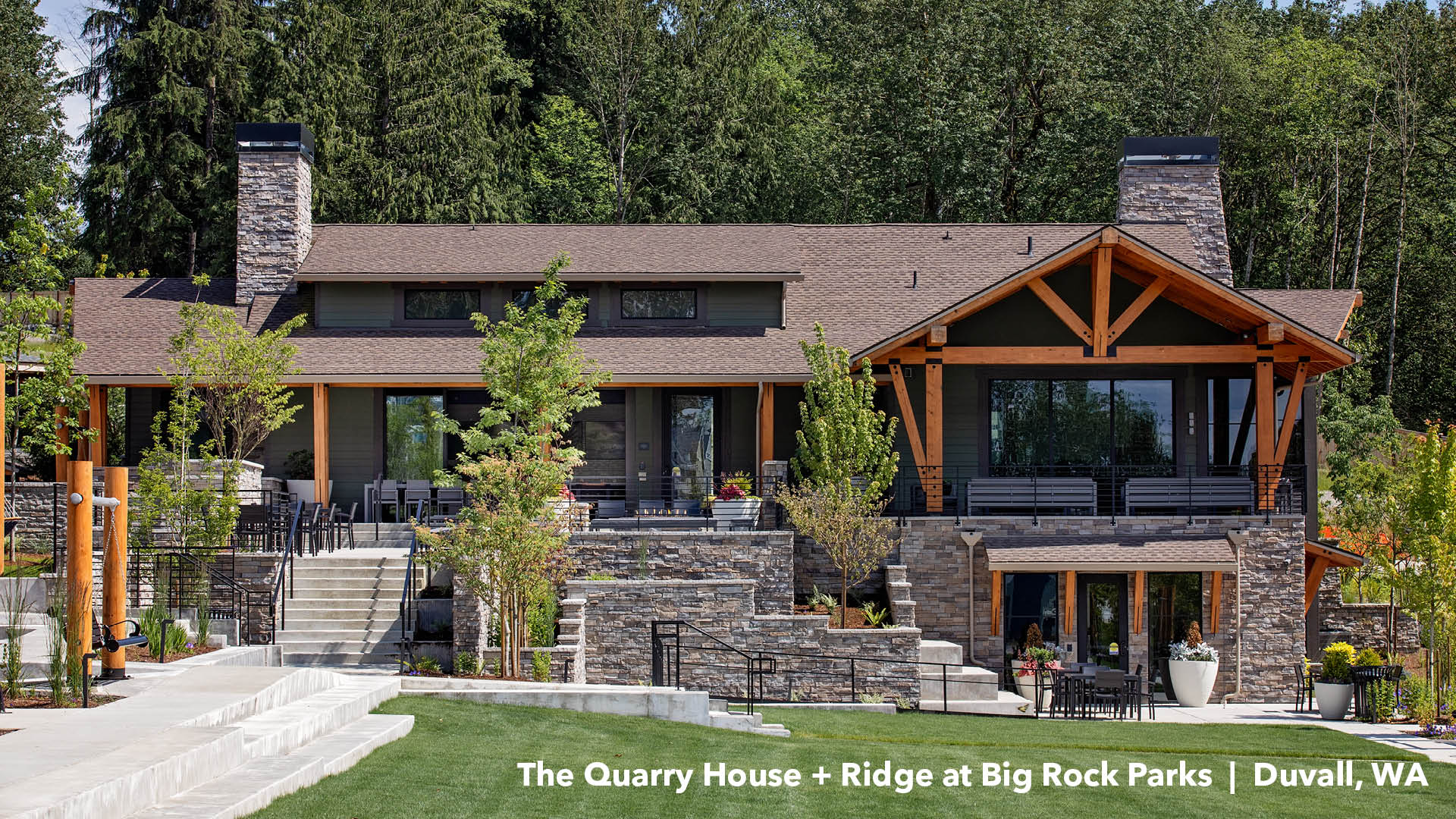Designing Tomorrow’s Favorite Places: A Blueprint for Vibrant Community Amenities
Developers and builders are recognizing the importance of fostering vibrant, interconnected communities. Communities are in an amenities race—pursuing spaces that capture the heart and soul of community living. This approach goes beyond trendy, one-off ideas; it’s about crafting environments that nurture relationships, encourage spontaneous interactions, and cultivate a deep sense of belonging among residents. At the core of this approach is the belief that community amenities serve as more than just physical structures; they are the catalysts for creating a lively and cohesive community that outperforms the competition.
The Essence and Role of Integrated Design
The journey toward creating tomorrow’s favorite places is rooted in an integrated design approach. An integrated approach fosters innovation and creates unique, functional, sustainable, and aesthetically pleasing amenities. The interconnected relationship between building and site is crucial. Focusing on how spaces are utilized and experienced by people—that they’re cohesive, functional, and engaging—elevates the quality of a place. This approach promotes community well-being, fosters social connectivity, and ultimately enhances the quality of life for residents.
Community-Centric Amenities as Catalysts for Connection
Amenities should be envisioned as social hubs where meaningful relationships form. The local coffee shop, the community pool, parks—they transform into settings where serendipitous encounters can lead to lifelong friendships. These spaces are designed to be versatile, catering to groups small and large, and promoting activities that bring people together. The physical spaces create value by enhancing the social fabric of the community. Ultimately, physical spaces create value by enhancing the social fabric of the community.
Accessibility to Nature and Open Spaces
The importance of open spaces to create healthy environments has been magnified in recent times, highlighting the importance of creating green, accessible areas within communities. These spaces offer essential health benefits and act as natural gathering places. By prioritizing easy access to nature, developers can support physical activities, relaxation, and a connection with the environment. This mindset of promoting and encouraging access to nature highlights the values of a community.
Adaptive Design for Evolving Community Needs
Recognizing that community needs evolve is crucial. We need to plan for emerging trends by designing flexible and adaptive spaces that can accommodate various activities and events. This guarantees that the community remains vibrant and engaging for years to come. This approach addresses the immediate needs of residents while anticipating future growth and changes to secure the long-term success and sustainability of the community.
Creating a Sense of Belonging and Identity
Open spaces and amenities that are rooted in a place provide a sense of belonging. Architectural character that resonates with local culture, landscape that reflects the natural environment, and amenities that meet the specific needs of the community all contribute to a distinctive and appealing community identity. Don’t forget that residents who are connected and actively involved in their community are the best promoters for the success of future phases.
Conclusion
Designing tomorrow’s favorite places is a multifaceted endeavor that goes beyond design and amenities. It’s about creating environments that encourage connection, foster a sense of belonging, and enhance the quality of life for everyone who calls these places home. By adopting an integrated design approach, focusing on community-centric programming, developers can craft vibrant and sustainable amenities that stand the test of time. By nourishing the desires of residents and establishing a vision for tomorrow’s favorite places, a community builder reinforces the potential to meet goals of financial success.














 BACK TO BLOG
BACK TO BLOG